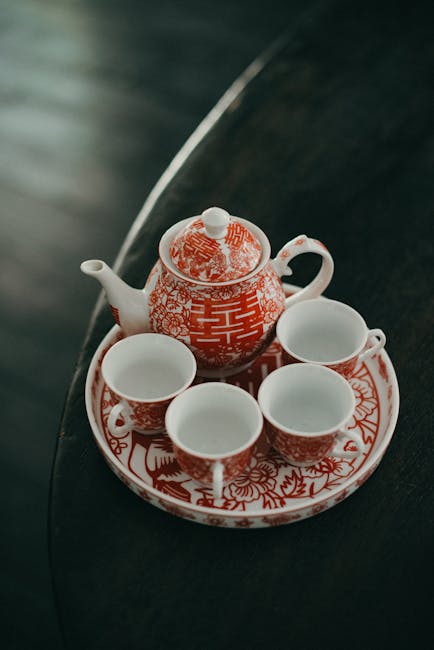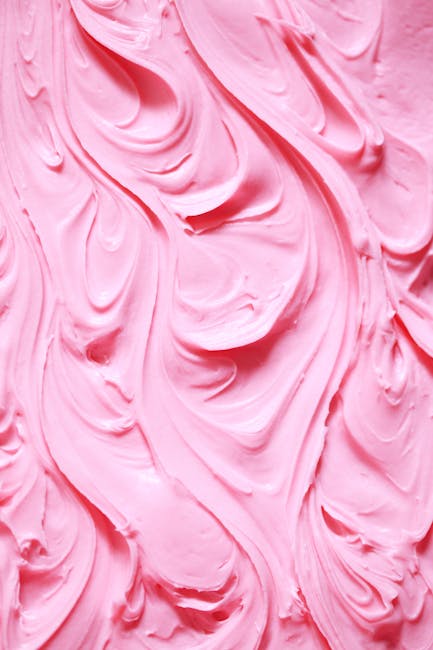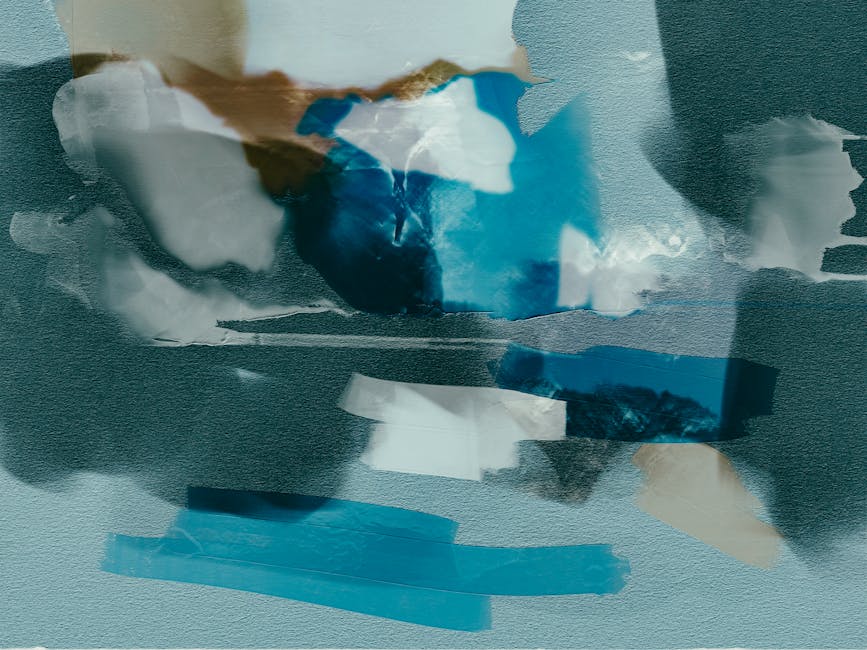The Allure of Art Deco Design
Art Deco, a design movement that flourished in the 1920s and 1930s, continues to captivate audiences worldwide. Its bold geometric shapes, luxurious materials, and streamlined elegance resonate even today. Understanding the vision and execution of the era’s leading Art Deco designers is key to appreciating its enduring impact on architecture, interior design, fashion, and graphic arts. This exploration delves into the lives and works of some of the most influential figures, unveiling their unique contributions to this iconic style.
Pioneering Figures: Shaping the Art Deco Landscape
The Art Deco movement wasn’t the creation of a single individual but rather a collaborative effort of numerous talented artists, architects, and designers. Their collective vision shaped a distinct aesthetic that celebrated modernity, sophistication, and geometric precision. Let’s spotlight some of these pivotal figures:

William van Alen: Skyscraper Visionary
William van Alen’s name is synonymous with Art Deco’s architectural prowess. His masterpiece, the Chrysler Building in New York City, stands as an iconic symbol of the era. Van Alen’s design, characterized by its soaring spire adorned with stainless steel eagles and intricate decorative elements, epitomizes the movement’s vertical ambition and ornamentation. His attention to detail, from the sculpted gargoyles to the meticulously designed interiors, demonstrates his dedication to creating a truly holistic and visually stunning structure.
Tamara de Lempicka: The Queen of Art Deco Painting
Beyond architecture, Art Deco thrived in the visual arts. Tamara de Lempicka, a Polish-born painter, became a leading figure of the Art Deco movement, known for her striking portraits and captivating depictions of modern life. Her paintings, characterized by strong lines, vibrant colors, and a distinctly modern sensibility, capture the era’s glamour and sophistication. De Lempicka’s signature style, with its streamlined figures and geometric compositions, perfectly encapsulates the Art Deco aesthetic.

Jacques Ruhlmann: Master of Luxury Furniture
The elegant interiors of the Art Deco era were often furnished with exquisitely crafted pieces created by designers like Jacques Ruhlmann. A renowned French cabinetmaker, Ruhlmann’s furniture exemplified the movement’s emphasis on luxurious materials like exotic woods, lacquer, and ivory. His designs were meticulously crafted, showcasing impeccable joinery and a masterful understanding of form and function. Ruhlmann’s furniture remains highly sought after today, a testament to its enduring quality and timeless appeal.
René Lalique: The Art Nouveau to Art Deco Transition
While primarily known for his Art Nouveau creations, René Lalique seamlessly transitioned into the Art Deco style, adapting his signature use of glass and precious metals to the movement’s geometric aesthetics. His elegant jewelry and decorative glass objects showcase the fusion of organic forms with streamlined, geometric patterns. This transitional style emphasizes Lalique’s versatility and adaptability as a designer.
Paul Iribe: Graphic Design Innovator
The Art Deco aesthetic extended beyond architecture and furniture to encompass graphic design. Paul Iribe, a French artist, played a crucial role in shaping the visual language of the era. His posters, book illustrations, and advertisements demonstrated a mastery of line, form, and composition, reflecting the movement’s emphasis on geometric precision and bold graphics. His work demonstrates the Art Deco’s influence across diverse mediums.
The Enduring Legacy of Art Deco Designers
The influence of these designers, and many others, continues to resonate in contemporary design. The elegance, sophistication, and geometric precision of Art Deco continue to inspire architects, interior designers, fashion designers, and graphic artists today. The distinctive style can be seen in everything from modern skyscrapers to fashion accessories, a testament to the enduring appeal of the movement.
Key Characteristics of Art Deco Design
- Geometric Shapes: Strong emphasis on geometric forms, including zigzags, chevrons, and sunbursts.
- Streamlined Forms: Emphasis on smooth, flowing lines and curves, often resembling aerodynamic shapes.
- Luxurious Materials: Frequent use of high-quality materials such as chrome, stainless steel, lacquer, ivory, and exotic woods.
- Bold Colors: Vibrant colors such as black, gold, silver, and deep reds were prominently featured.
- Ornamentation: Intricate detailing and ornamentation, often incorporating stylized motifs from various cultures.
- Symmetry and Balance: A strong sense of symmetry and balance in design compositions.
Exploring Further: Resources for Art Deco Enthusiasts
For those interested in delving deeper into the world of Art Deco design, numerous resources are available. Museums worldwide house significant collections of Art Deco objects, including the Metropolitan Museum of Art in New York, the Victoria and Albert Museum in London, and the Musée des Arts Décoratifs in Paris. Books, magazines, and online resources provide further insights into the history, styles, and key figures of the Art Deco movement. Engaging with these resources allows for a richer appreciation of this remarkable design era and the talented individuals who shaped it.

The Art Deco movement’s enduring legacy is a testament to its unique blend of elegance, modernity, and artistic innovation. By studying the works and lives of its prominent designers, we gain a deeper understanding of this influential era and its lasting impact on design today.

